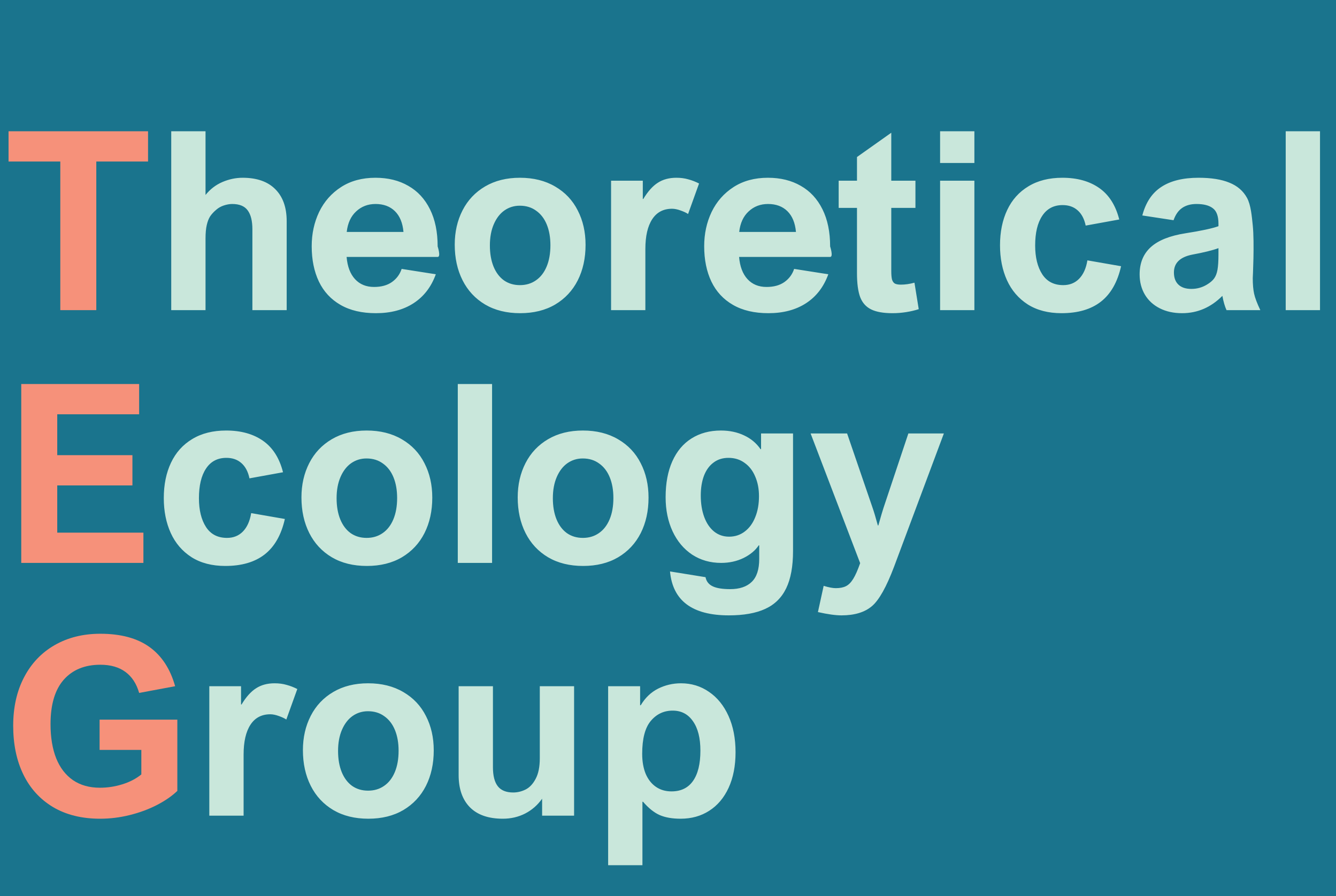




My research focuses on four topics that all use evolutionary biology:
 One dominant selective agent nowadays is fishing. Both industrial and recreational
fishing can induce mortality rates so high that evolutionary responses in the
harvested species are bound to happen. But, in what direction and towards what
endpoint will the fish species evolve?
One dominant selective agent nowadays is fishing. Both industrial and recreational
fishing can induce mortality rates so high that evolutionary responses in the
harvested species are bound to happen. But, in what direction and towards what
endpoint will the fish species evolve?
I use evolutionary models to investigate evolving traits. So far I have, together with several co-authors, shown that fishing can induce evolution towards earlier sexual maturation at smaller size, breakdown of mating systems in hermaphrodites, altered migration patterns and geographical distribution, increased natural mortality, and less skipped spawning. I am also interested in how fisheries management can use this type of knowledge to achieve sustainable fisheries. You can read more about this research here.
 What can fisheries science learn from life history theory and behavioural
ecology? Theories and methodologies developed in these central disciplines of
evolutionary ecology have the potential to shed new light on many aspects of
marine ecology. Most population level phenomena arise from individual processes.
One fruitful approach is therefore to incorporate ecological and physiological
mechanisms at the individual level, and investigate their effects on populations.
What can fisheries science learn from life history theory and behavioural
ecology? Theories and methodologies developed in these central disciplines of
evolutionary ecology have the potential to shed new light on many aspects of
marine ecology. Most population level phenomena arise from individual processes.
One fruitful approach is therefore to incorporate ecological and physiological
mechanisms at the individual level, and investigate their effects on populations.
Using state-dependent energy allocation models for fish, I have investigated the life history trade-offs that underlie phenomena such as reproductive investment, skipped spawning, and evolution of spawning migrations.
Together with Øyvind Fiksen and other coauthors I have also studied what happens to fish larvae after they have been spawned - during their pelagic drift phase. Their challenge is not only to eat and to survive, but also to drift towards benevolent settlement habitat. Surprisingly many aspects of a larva's future life can be modified by vertical migrations, and the trade-offs are almost piled on top of each other. By incorporating mechanistic representations of predation and feeding, physiological growth models, and simple rules that govern risk-sensitive behaviour, these trade-offs can be studied in physical ocean models. Experimenting with these virtual large-scale laboratories is thrilling. You can read more about this here.
The strategic games between males and females are an important basis for the evolution of mating systems. Using evolutionary models, I work with Sigrunn Eliassen to describe how some of the variation in mating systems may have originated and is maintained.
I am intrigued by how the rich mechanisms of physiology and behaviour cause constraints and opportunities for life history evolution. To be able to construct evolutionary models that incorporate more complex individuals, I work on developing new methodologies. The different modelling methodologies have different strengths and weaknesses, and I believe a varied toolbox is necessary to reach generalisable conclusions.
(+47) 418 09 327
Skype: christianmedc
Office:
3H18
Thormøhlensgate 53B
3rd floor
Postal Address:
Department of Biological Sciences
University of Bergen
P.O. Box 7803
N-5020 Bergen
Norway